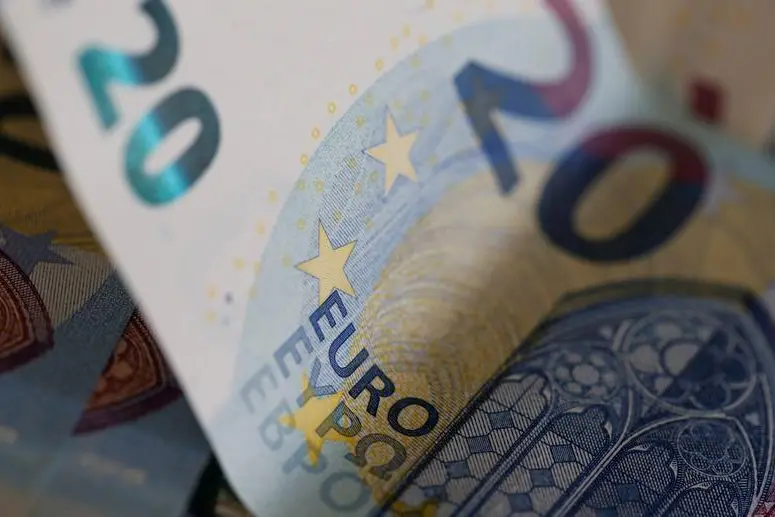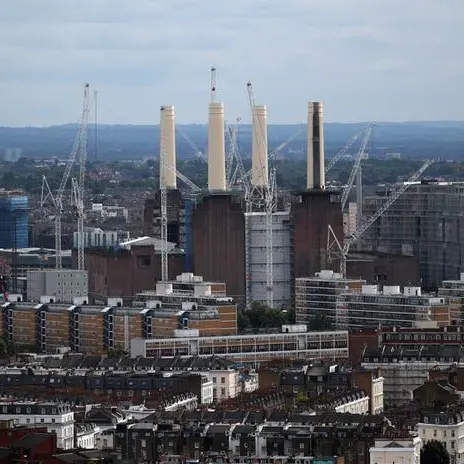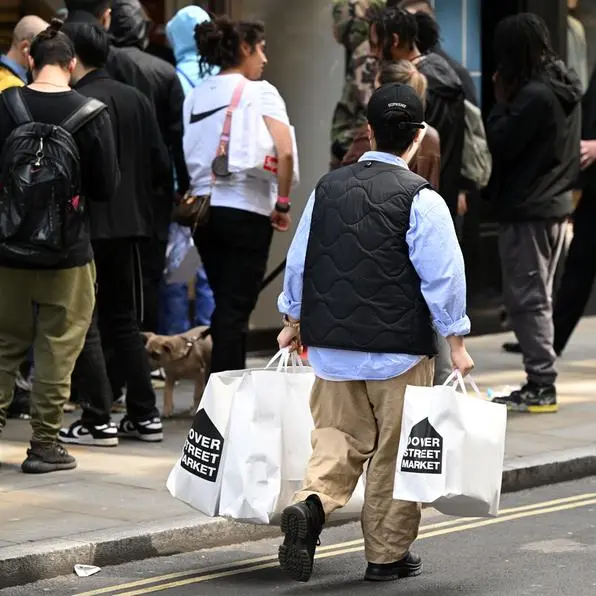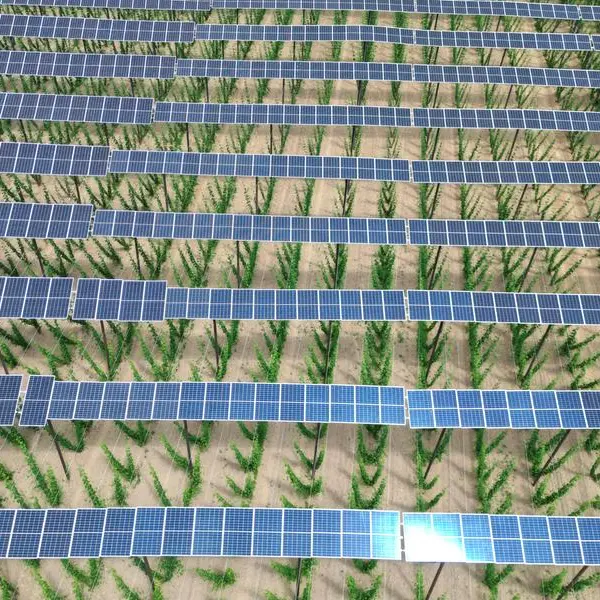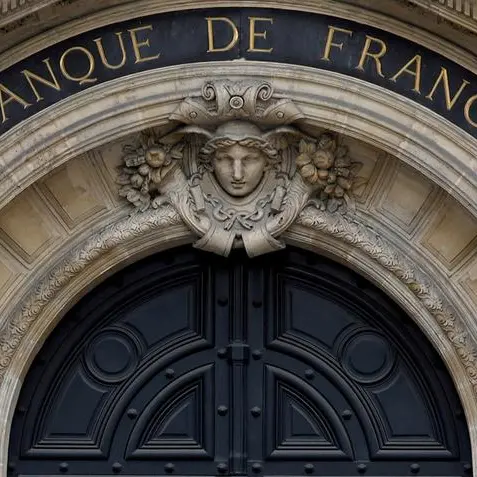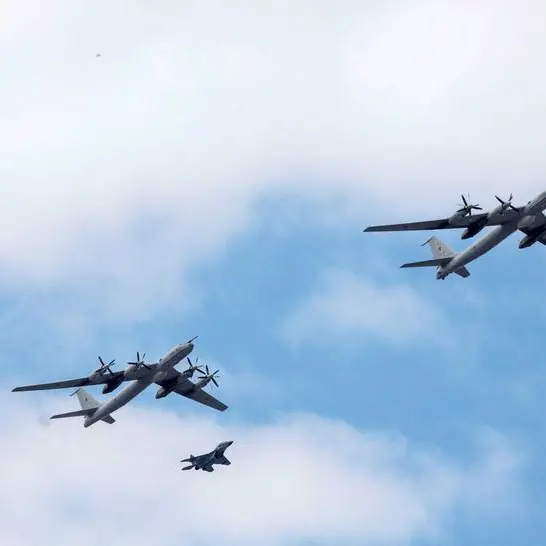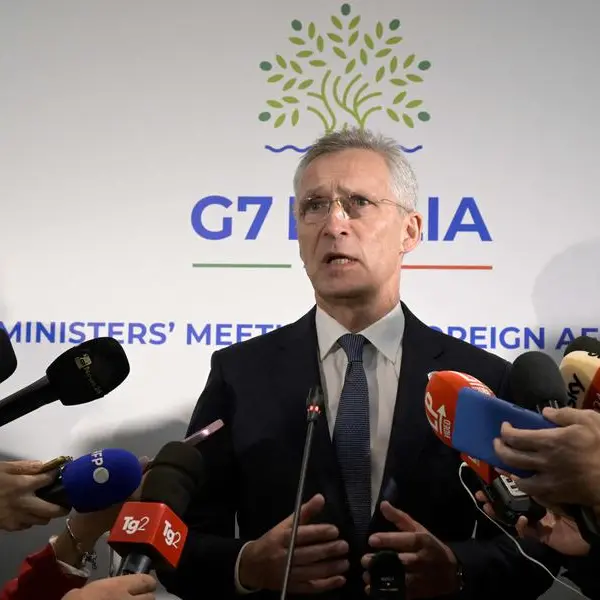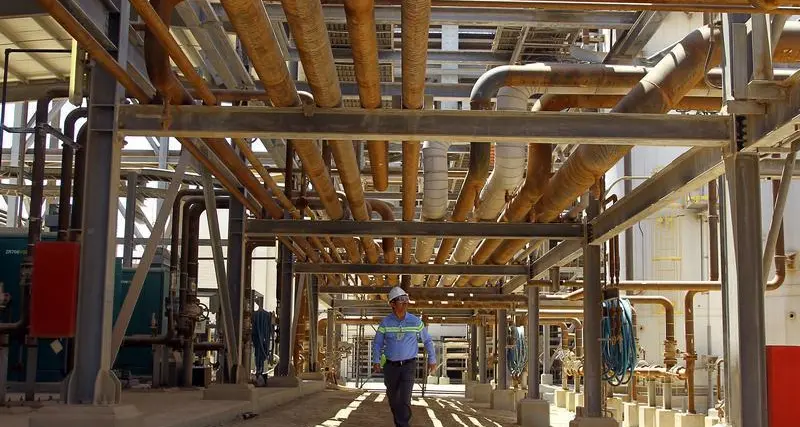PHOTO
Euro zone inflation eased far more than expected in November, raising hopes that sky-high price growth is now past its peak and bolstering the case for a slowdown in European Central Bank rate hikes next month.
Consumer prices in the 19 countries sharing the euro grew by 10.0% this month after a 10.6% increase in October, coming in well below expectations for 10.4% in a Reuters poll of analysts.
The overall picture is more nuanced, however, as energy prices accounted for the bulk of the slowdown while food price inflation, a key worry, continued to accelerate, data from Eurostat showed on Wednesday.
With inflation running at more than five times its 2% target, the ECB has raised interest rates at its fastest pace on record this year and a string of hikes over the coming months is still likely as price growth will take years to tame.
But after back-to-back 75-basis-point moves, some policymakers have recently made the case for a 50 bp rise on Dec. 15, arguing that inflation is finally peaking and that the ECB has made enough progress to justify more modest steps.
While the dip in headline prices, the euro zone's first in well over a year, strengthens the case for more measured ECB action next month, Wednesday's data could also fuel fears that inflation will prove more persistent than expected.
Underlying price growth, excluding volatile food and energy prices, remained high, which is likely to trigger warnings from conservative central bankers, while food price growth, a key concern for governments, shows little sign of peaking.
Filtering out food and fuel costs, inflation rose to 6.6% from 6.4%, defying expectations for a drop, while an even more narrow measure that also excludes alcohol and tobacco held steady at 5.0%.
Inflation for processed food, alcohol and tobacco, a key category, meanwhile accelerated to 13.6% from 12.4%.
Another complication is that economic growth is not suffering as much as some had anticipated, so the deflationary impact of a looming winter recession is likely to be more modest than once thought.
Initially fuelled by supply bottlenecks in the post-pandemic reopening, inflation is now driven by soaring food prices after a poor harvest and sky-high energy costs in the fallout of Russia's war in Ukraine.
It may still edge back up in the coming months, especially at the turn of the year when energy contracts get repriced, but it is likely to decline through 2023 and return to the vicinity of 2% by the end of 2024.
Such a rapid decline lacks historical precedence, some policymakers warn, suggesting that today's small decline is unlikely to be a game-changer for where rates end up over the cycle of monetary tightening. (Reporting by Balazs Koranyi; Editing by Catherine Evans)
